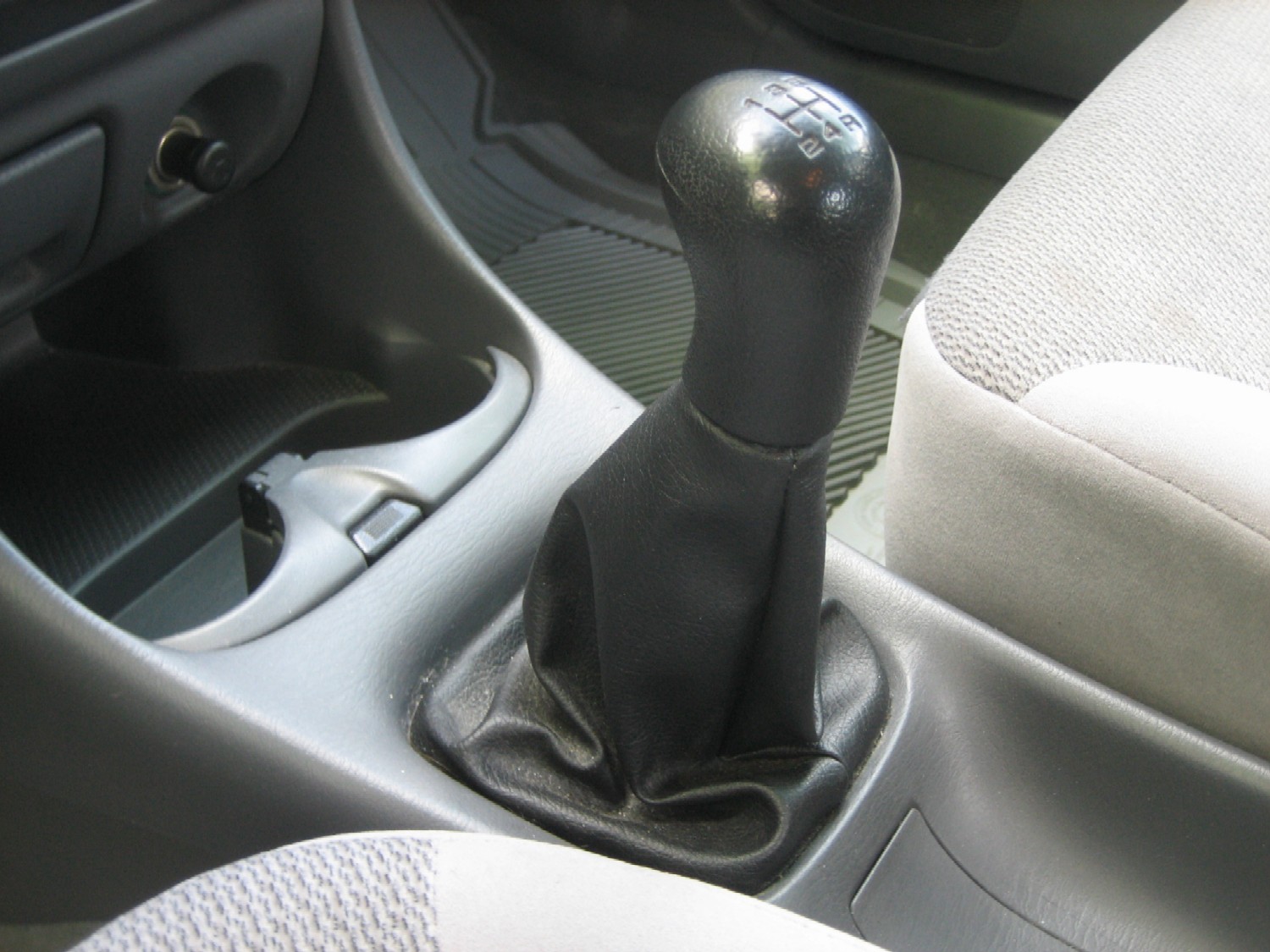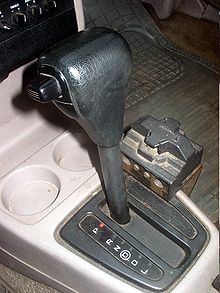Exploring Gear Transmission Technologies in Cars | Manual Vs Automatic Vs CVT Vs DCT Vs AMT
Are you planning to buy a car? Are you confused about so many terms like Automatic, AMT, DCT, CVT, DCA etc? These are all gear transmission technologies. But, what are these exactly? In this article, from manual to automatic and everything in between, we’ll cover it all. So, let’s rev up our engines and get started!
1. Manual Transmission:
Kicking off our list is the classic manual transmission. Also known as a ‘stick shift,’ this system requires the driver to manually shift gears using a clutch pedal and a gear shifter. Manual transmissions offer a direct connection between the driver and the car, providing a sense of control and engagement.


Inside the manual transmission, you’ll find a set of gears that the driver can select based on the speed and driving conditions. The clutch is used to disengage the engine’s power from the transmission temporarily when shifting gears.
2. Automatic Transmission:


Next up, we have the automatic transmission, a type that has gained popularity for its convenience. With automatics, the car’s onboard computer takes care of gear shifting, allowing the driver to focus on the road. Automatic transmissions use a complex system of planetary gear sets and hydraulic systems to smoothly shift between gears. They’re perfect for stop-and-go traffic and long highway cruises.
Torque Converter
It is a vital component within automatic transmissions. The torque converter is a fluid coupling device that allows the engine to continue running even when the vehicle is stationary. It consists of three main components: the impeller, turbine, and stator. These components work together to transfer power from the engine to the transmission.
When the engine is running, the impeller, which is connected to the engine’s crankshaft, moves the transmission fluid. This fluid is then directed onto the turbine, which is connected to the transmission input shaft. As the fluid strikes the turbine, it causes the transmission to rotate, providing the necessary torque to move the vehicle.
Modern torque converters often feature a lockup clutch that connects the impeller and the turbine, essentially eliminating the fluid coupling effect at higher speeds. This improves efficiency by reducing energy loss and improving fuel economy.
So, while not a separate transmission technology itself, the torque converter is a critical component of automatic transmissions, allowing for smooth and efficient power transfer from the engine to the wheels.
3. Continuously Variable Transmission (CVT)

Now, let’s explore the innovative Continuously Variable Transmission or CVT. Unlike traditional transmissions, CVTs use a system of belts and pulleys to provide an infinite number of gear ratios. The CVT offers seamless acceleration by keeping the engine in its optimal power range at all times. This results in improved fuel efficiency and a smooth driving experience.
4. Dual-Clutch Transmission (DCT)

Moving on, we have the Dual-Clutch Transmission, a technology often found in performance-oriented vehicles. It combines the best of both manual and automatic transmissions. A DCT uses two separate clutches to pre-select gears, ensuring lightning-fast shifts without any interruption in power delivery. This setup delivers exceptional performance and lightning-quick gear changes. DCT is also called as DCA by some car companies.
5. Automated Manual Transmission (AMT)
Last but not least, we’re exploring Automated Manual Transmission or AMT. This technology aims to blend the convenience of automatics with the control of manuals. AMTs are essentially manual transmissions with an automated gear-shifting mechanism. They eliminate the need for a clutch pedal and allow for smoother shifts without requiring the driver’s direct input.
Each type offers a unique driving experience, catering to different preferences and needs. Whether you’re a gear-shifting enthusiast or someone who prefers the ease of automatics, modern automotive engineering has something for everyone.



